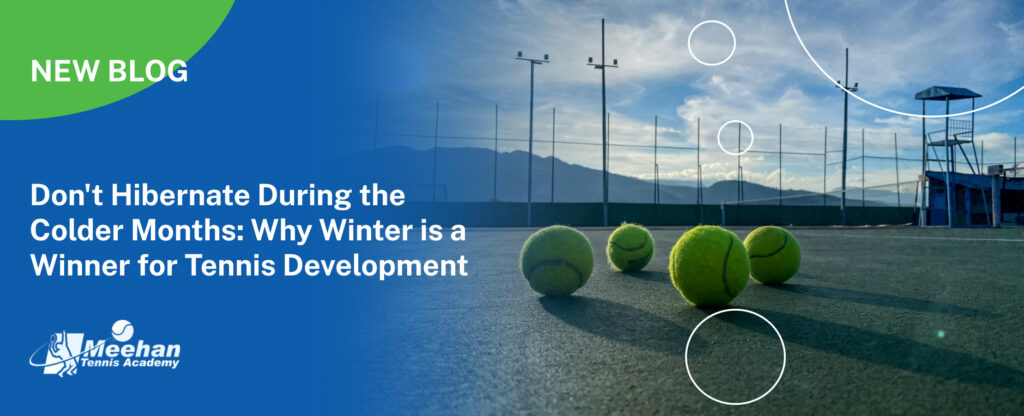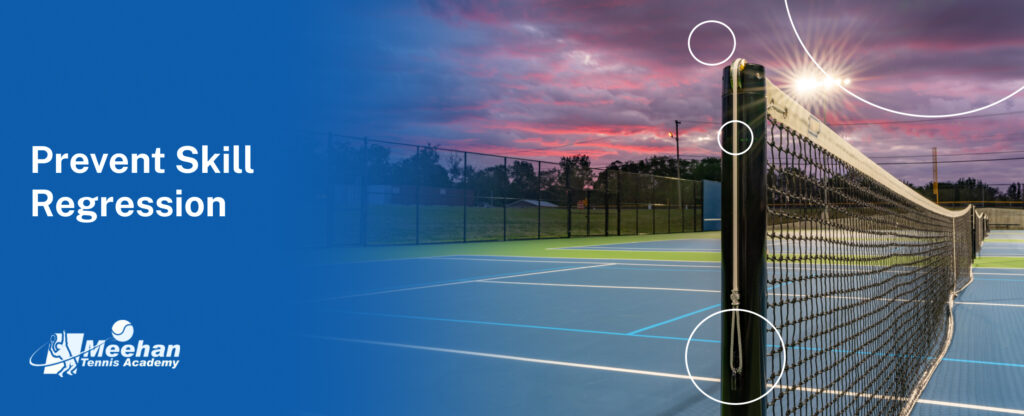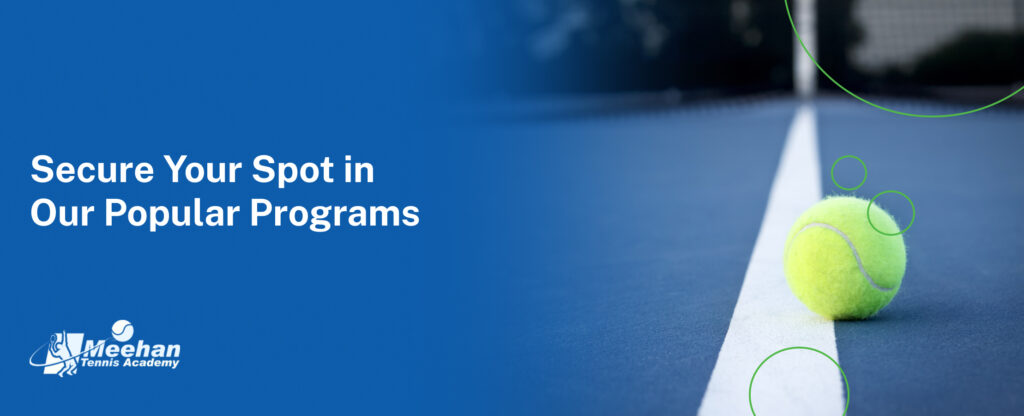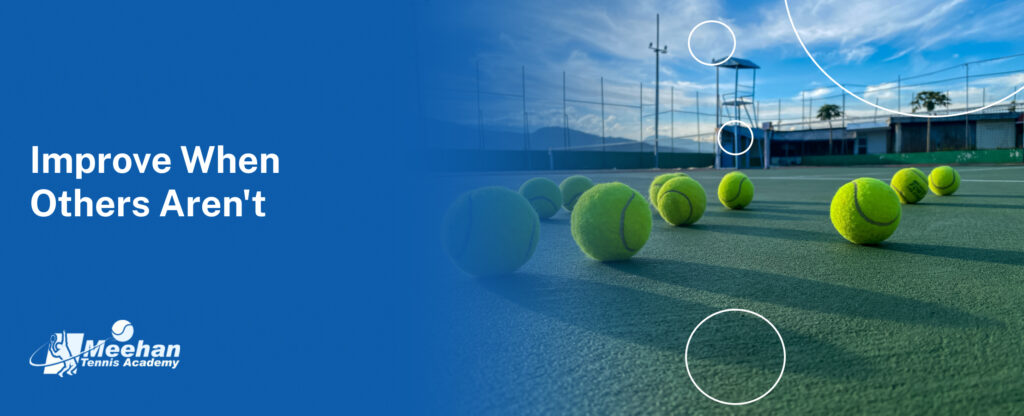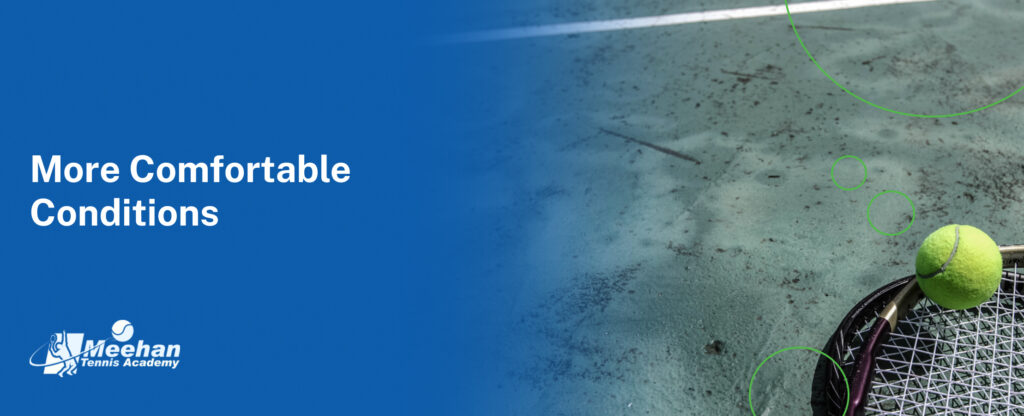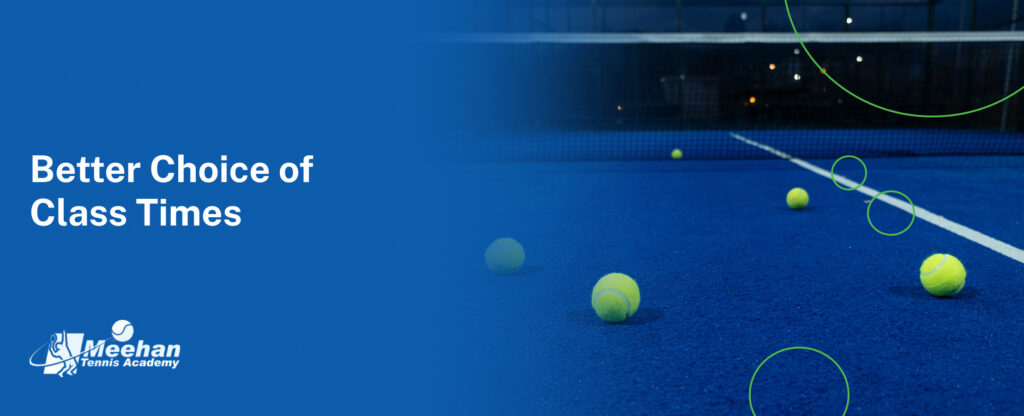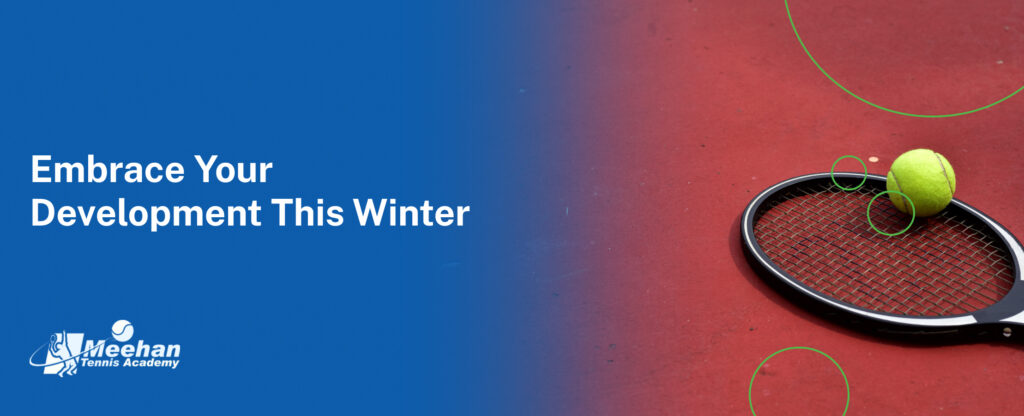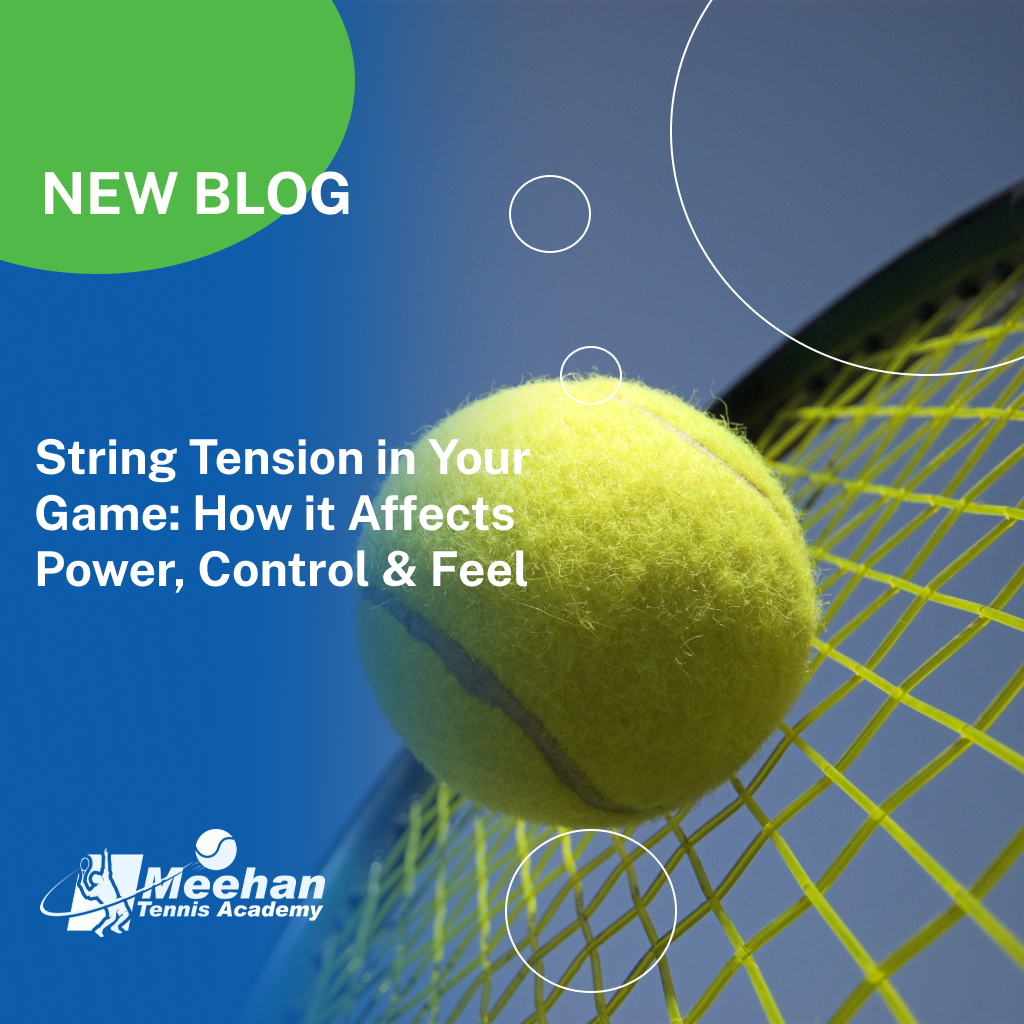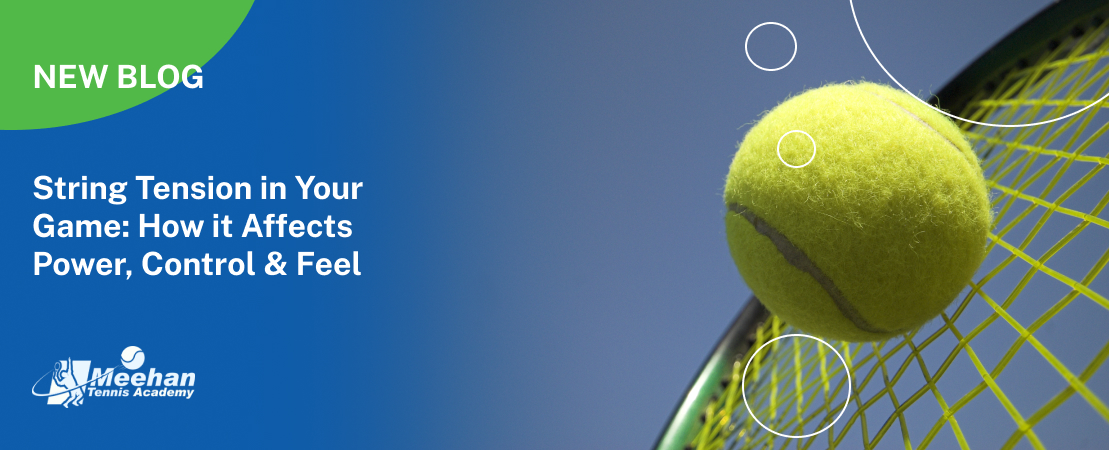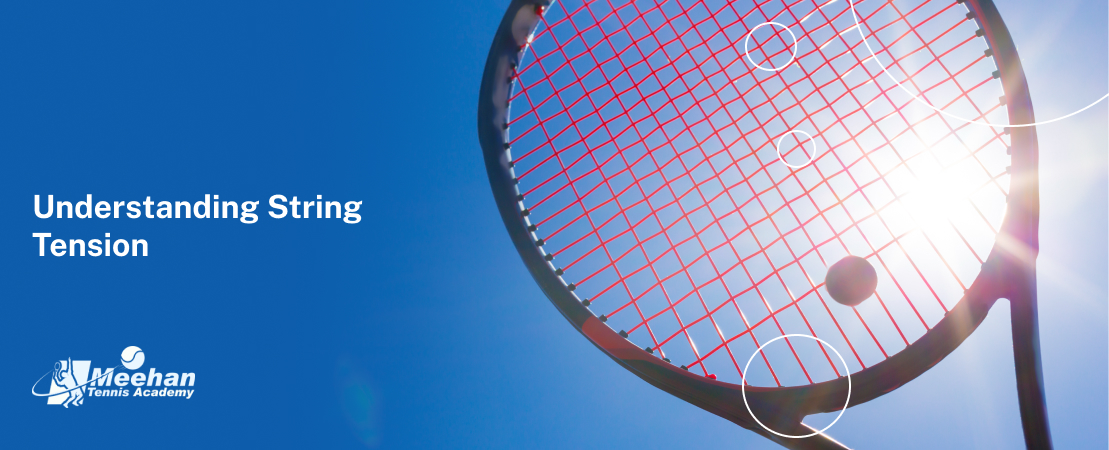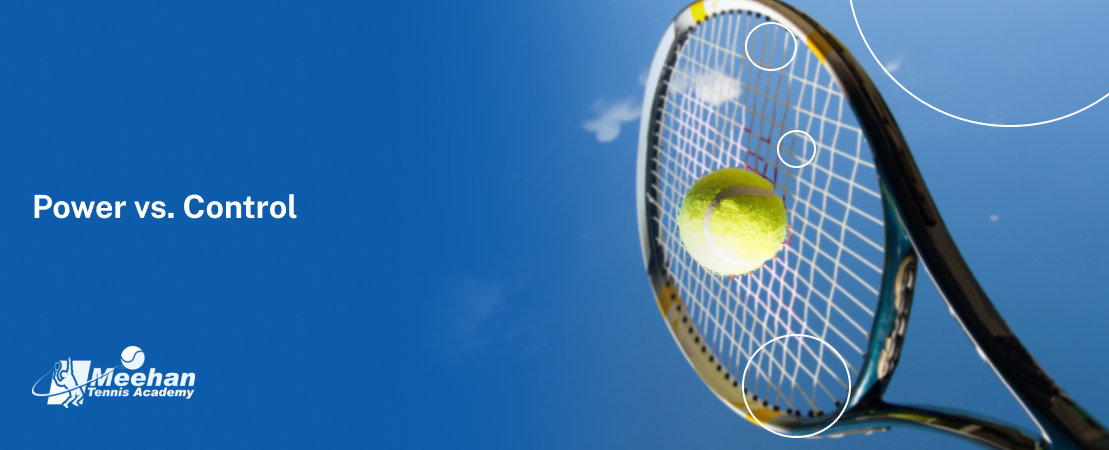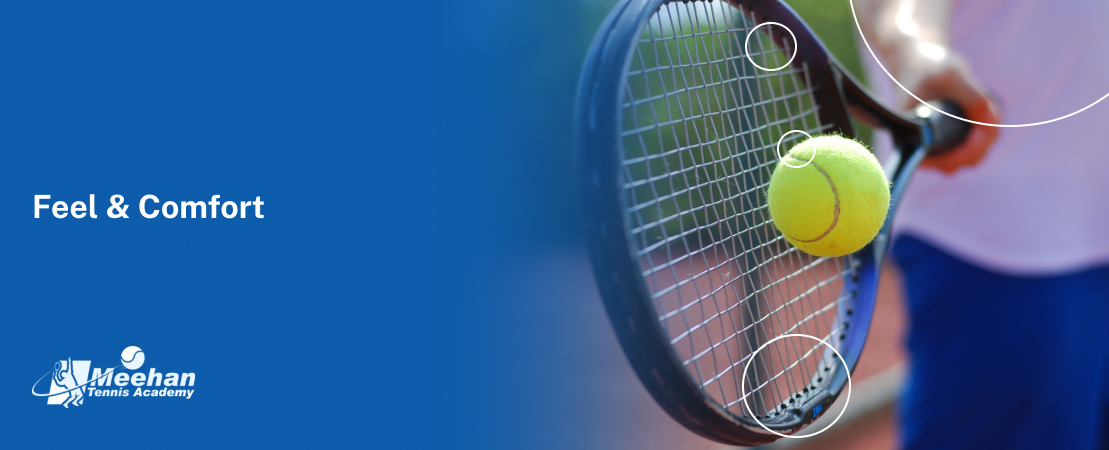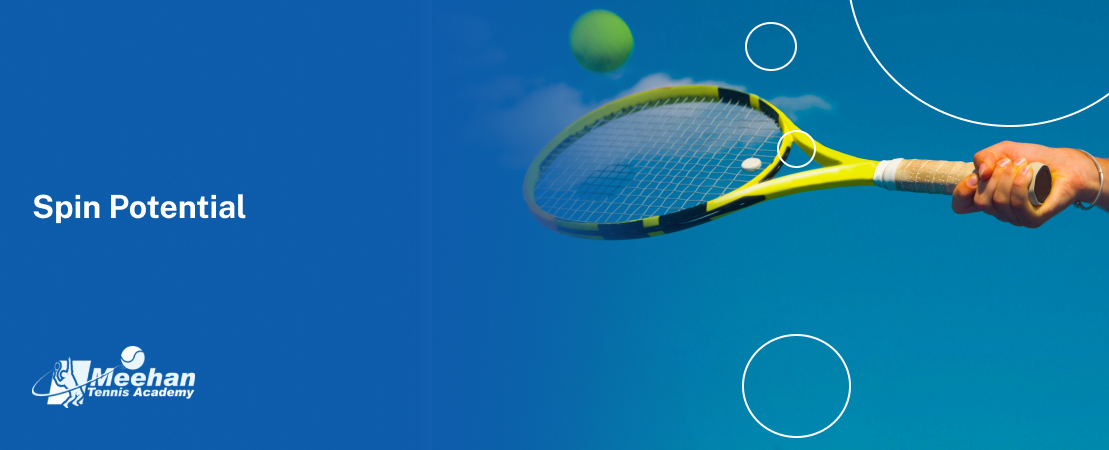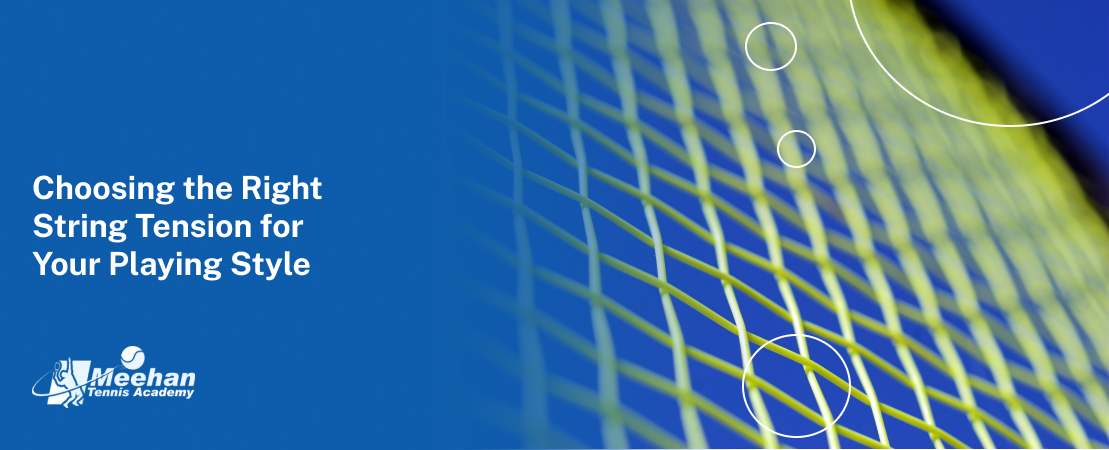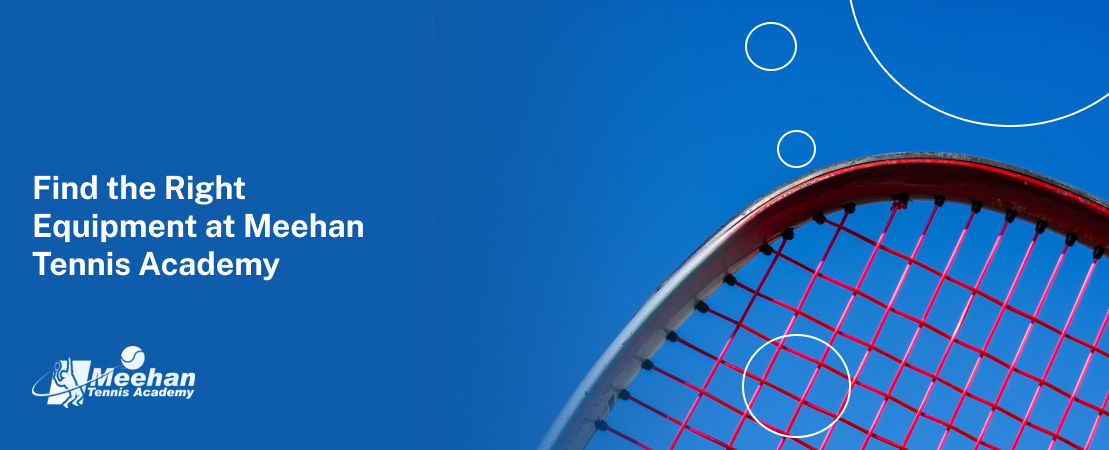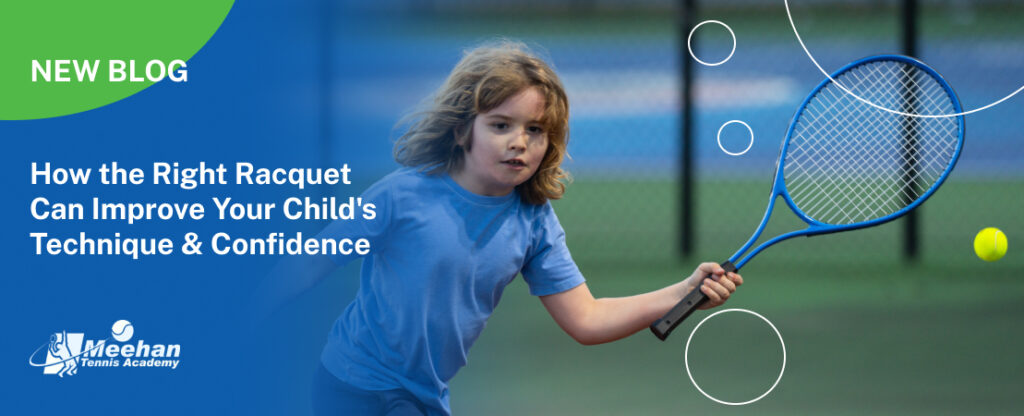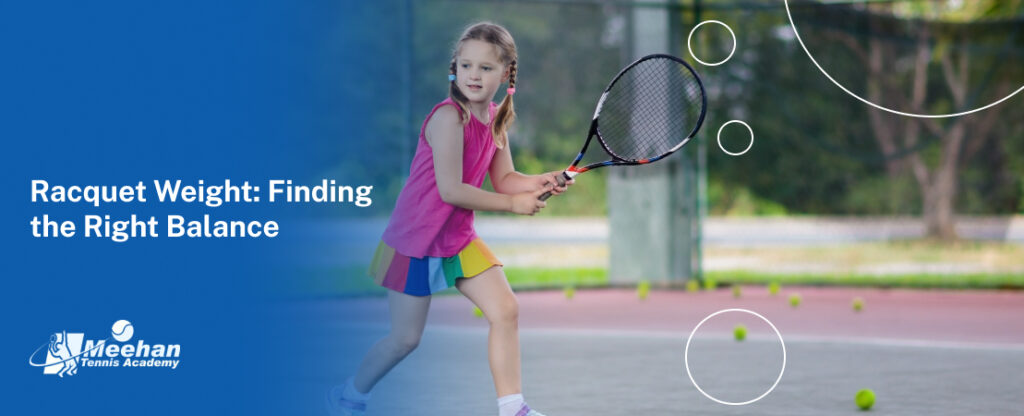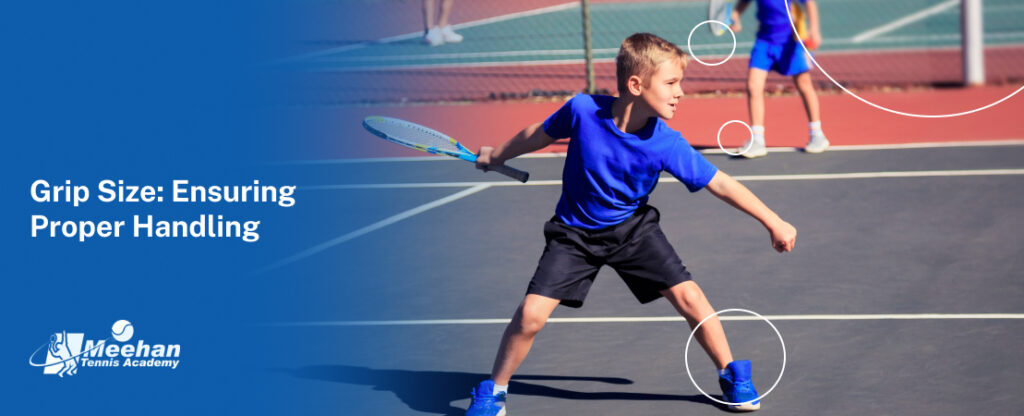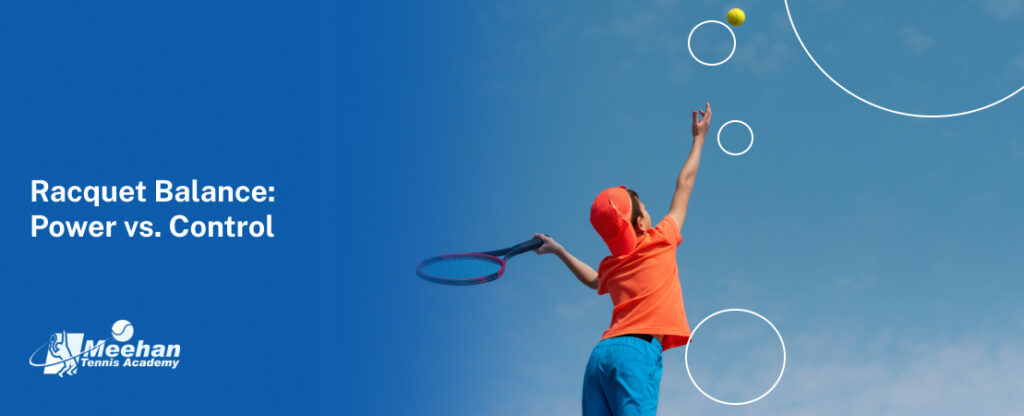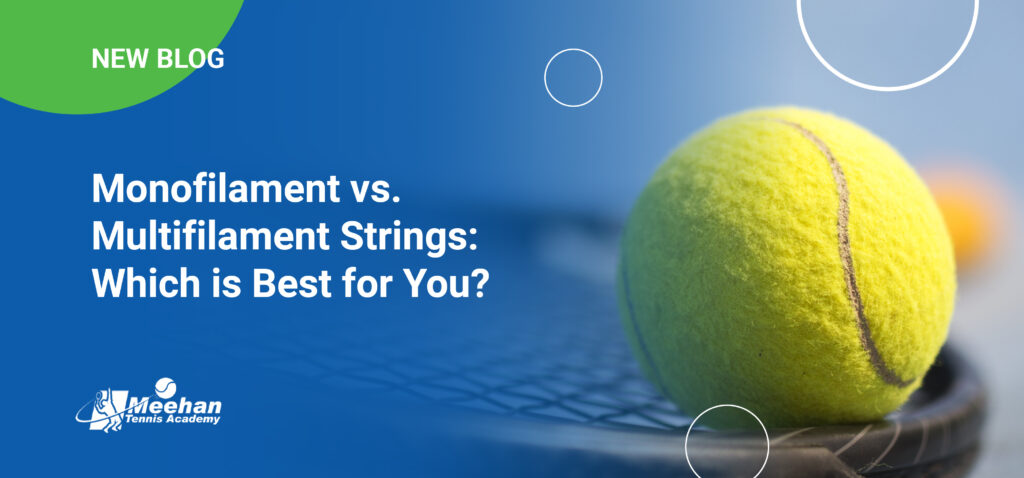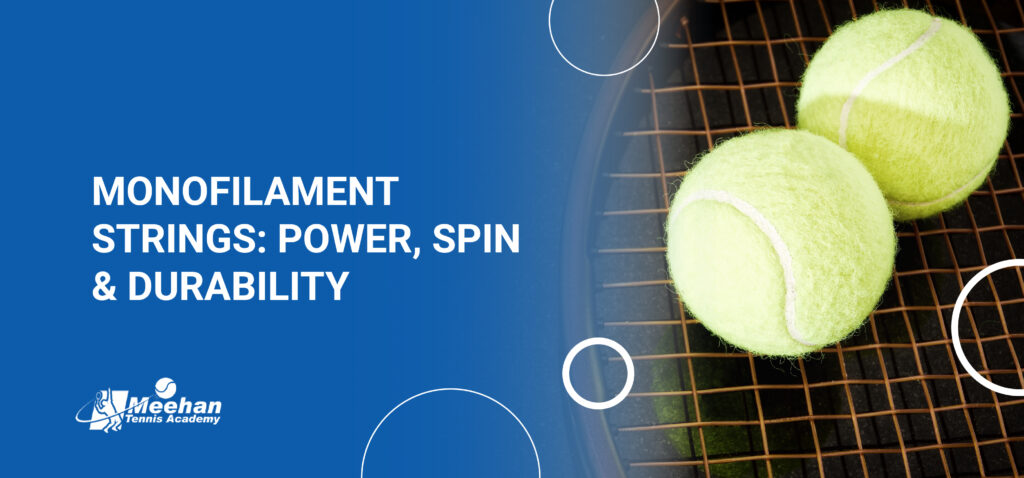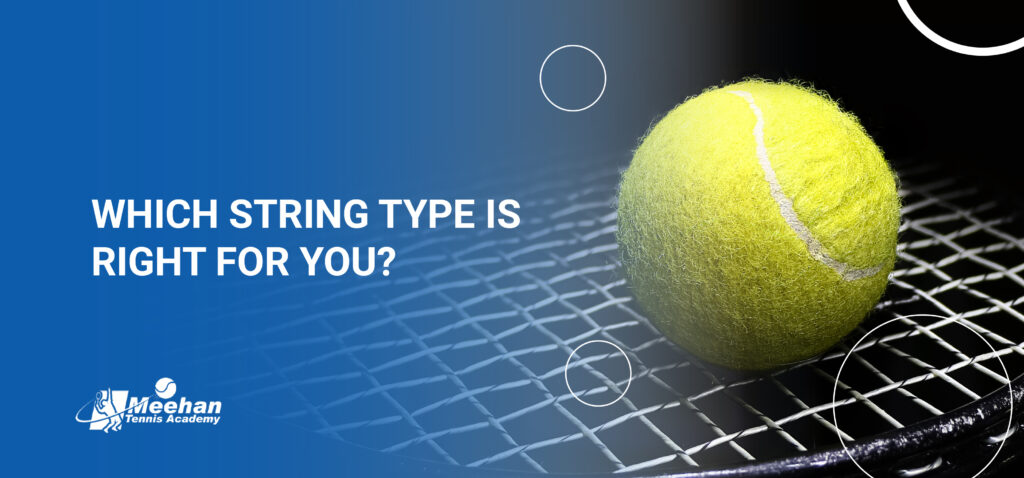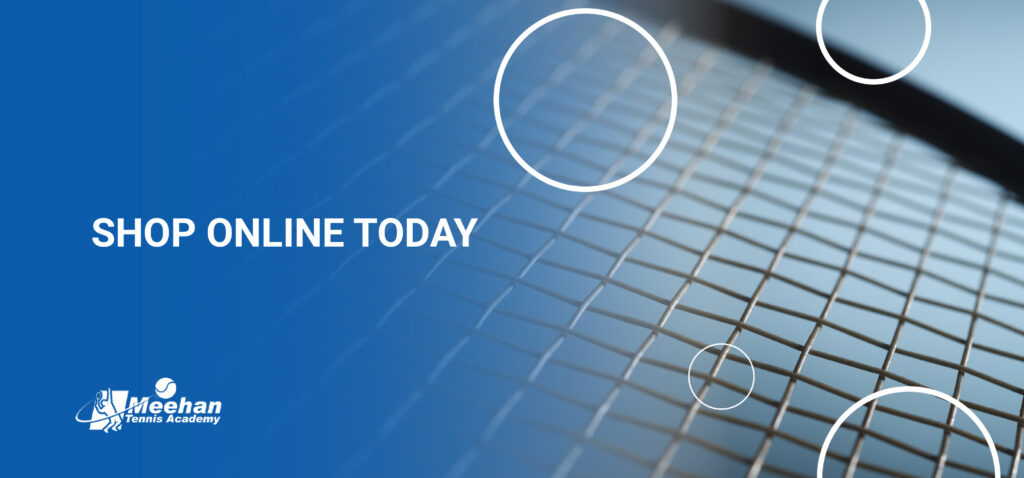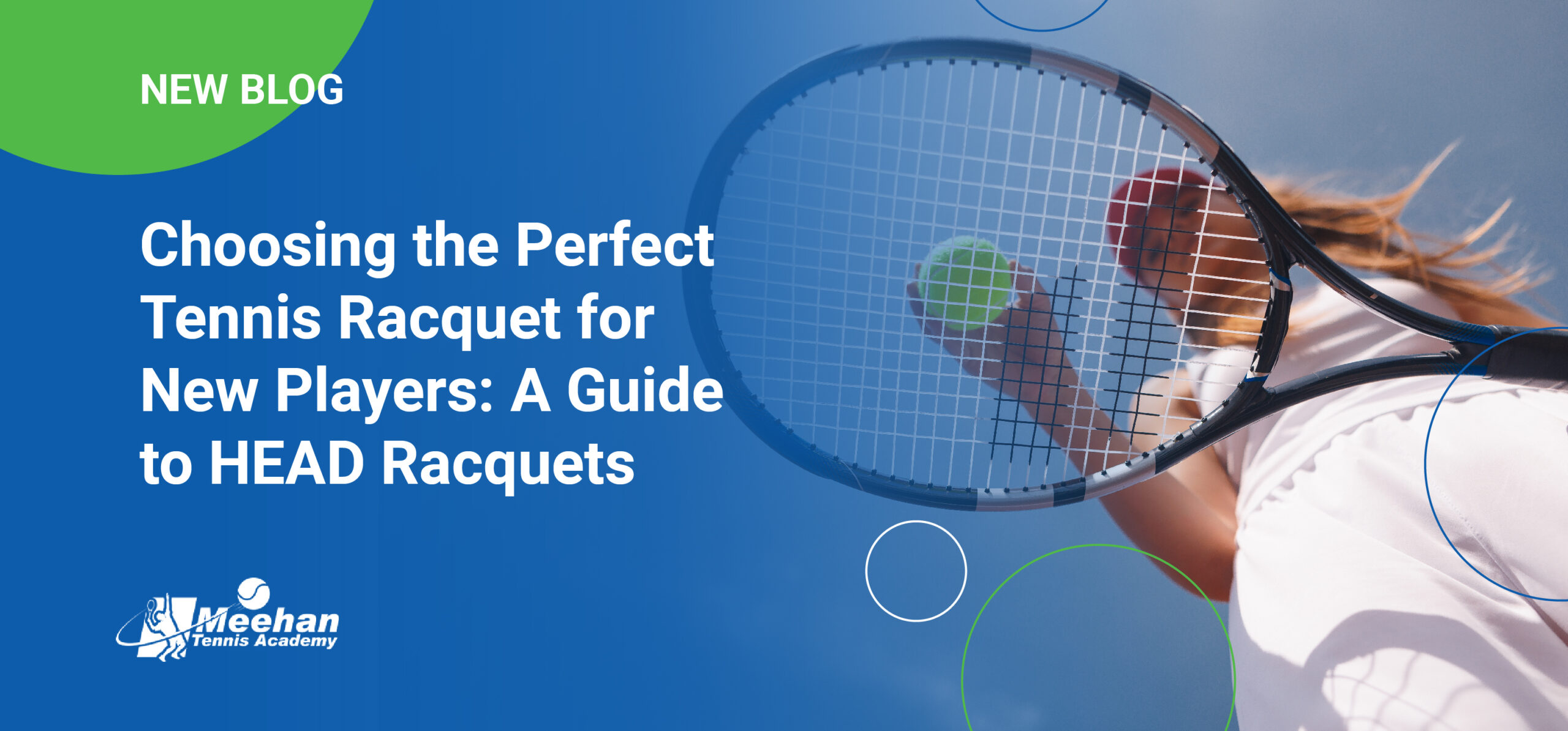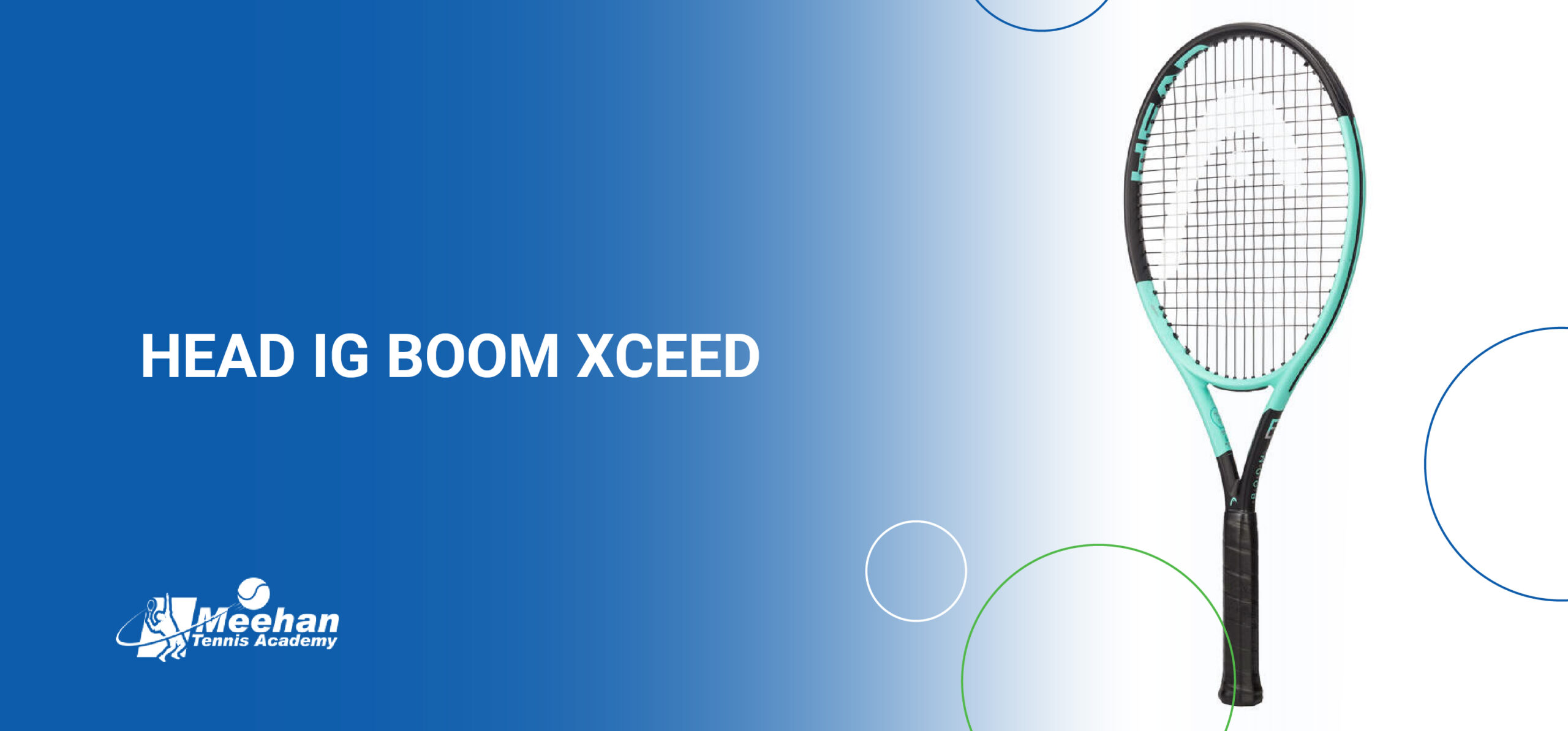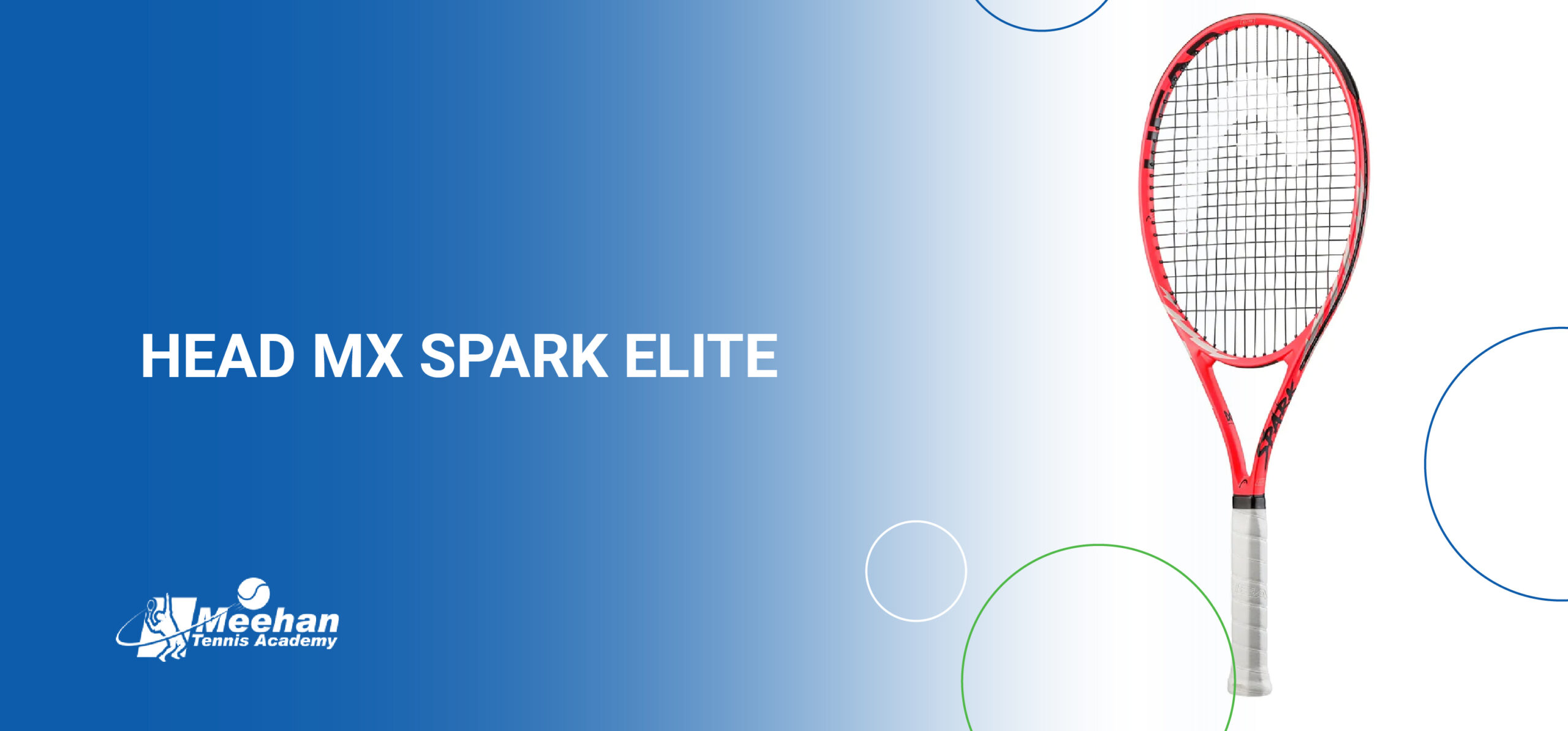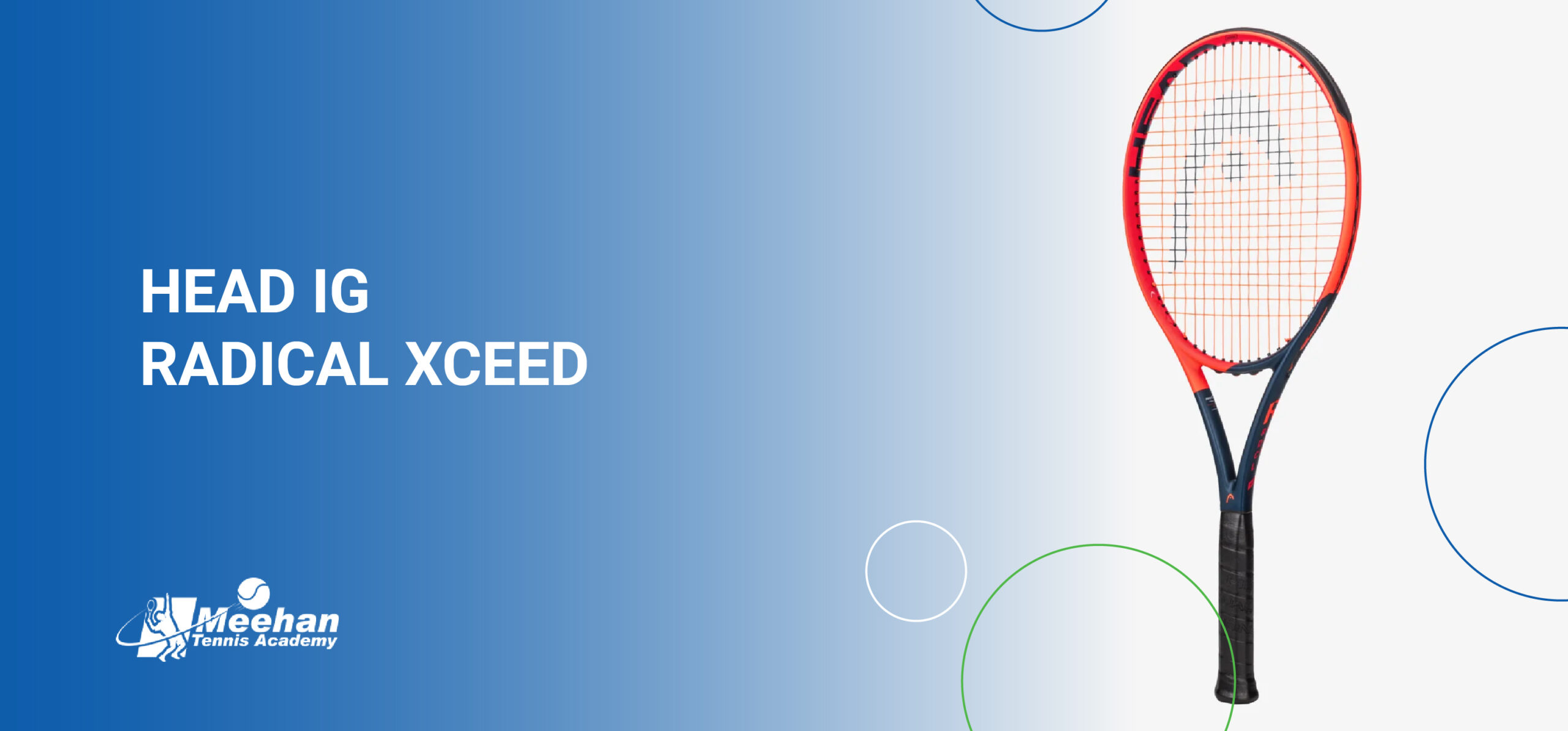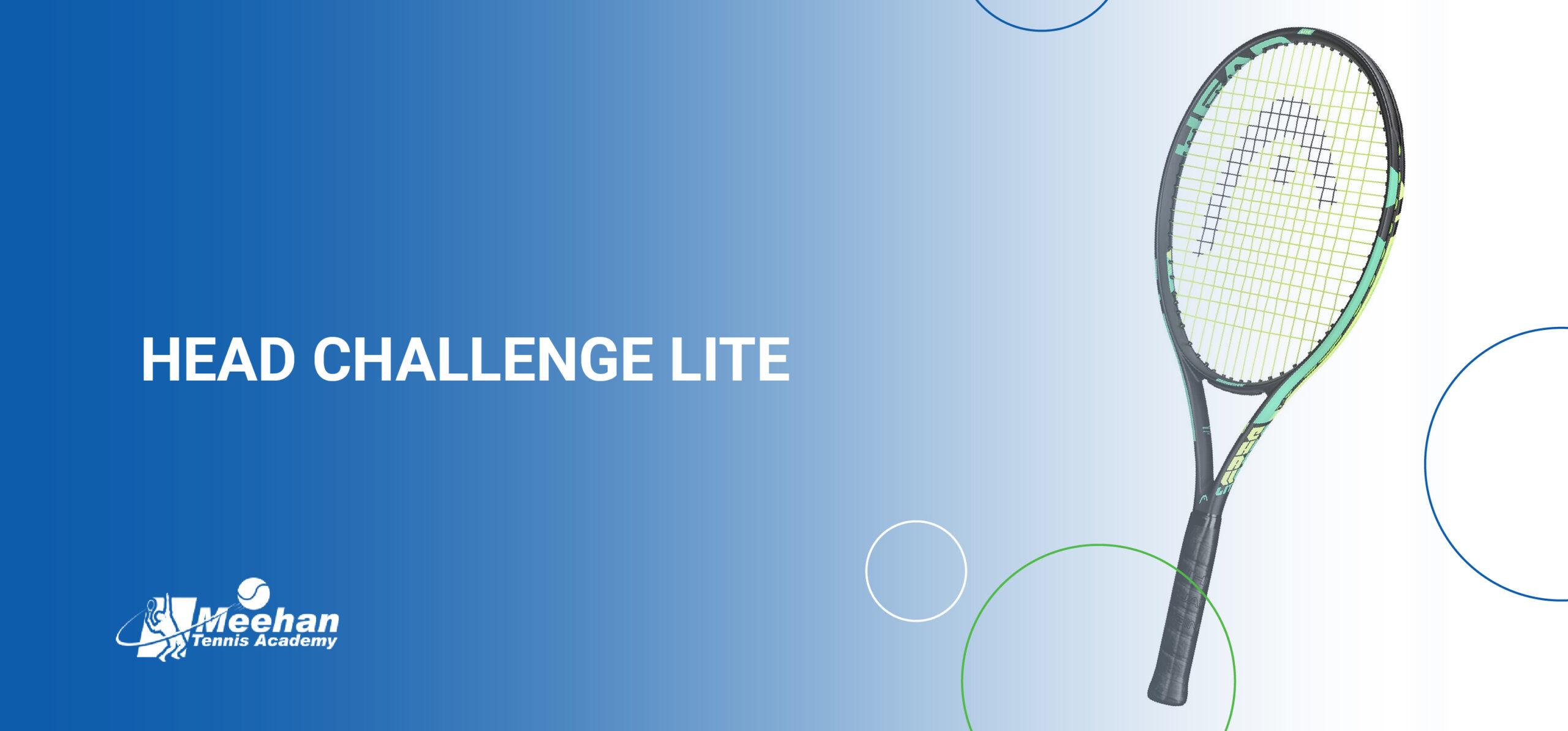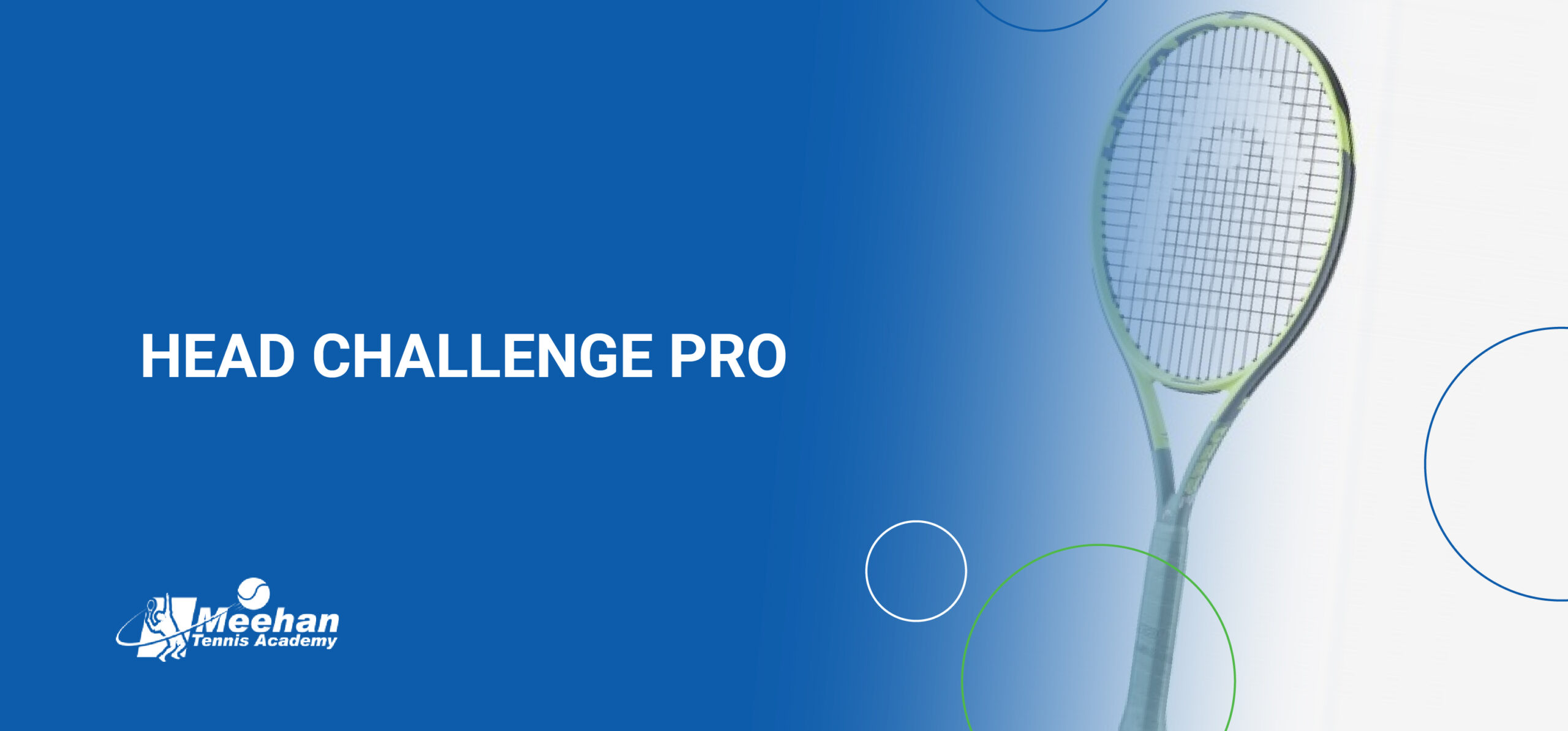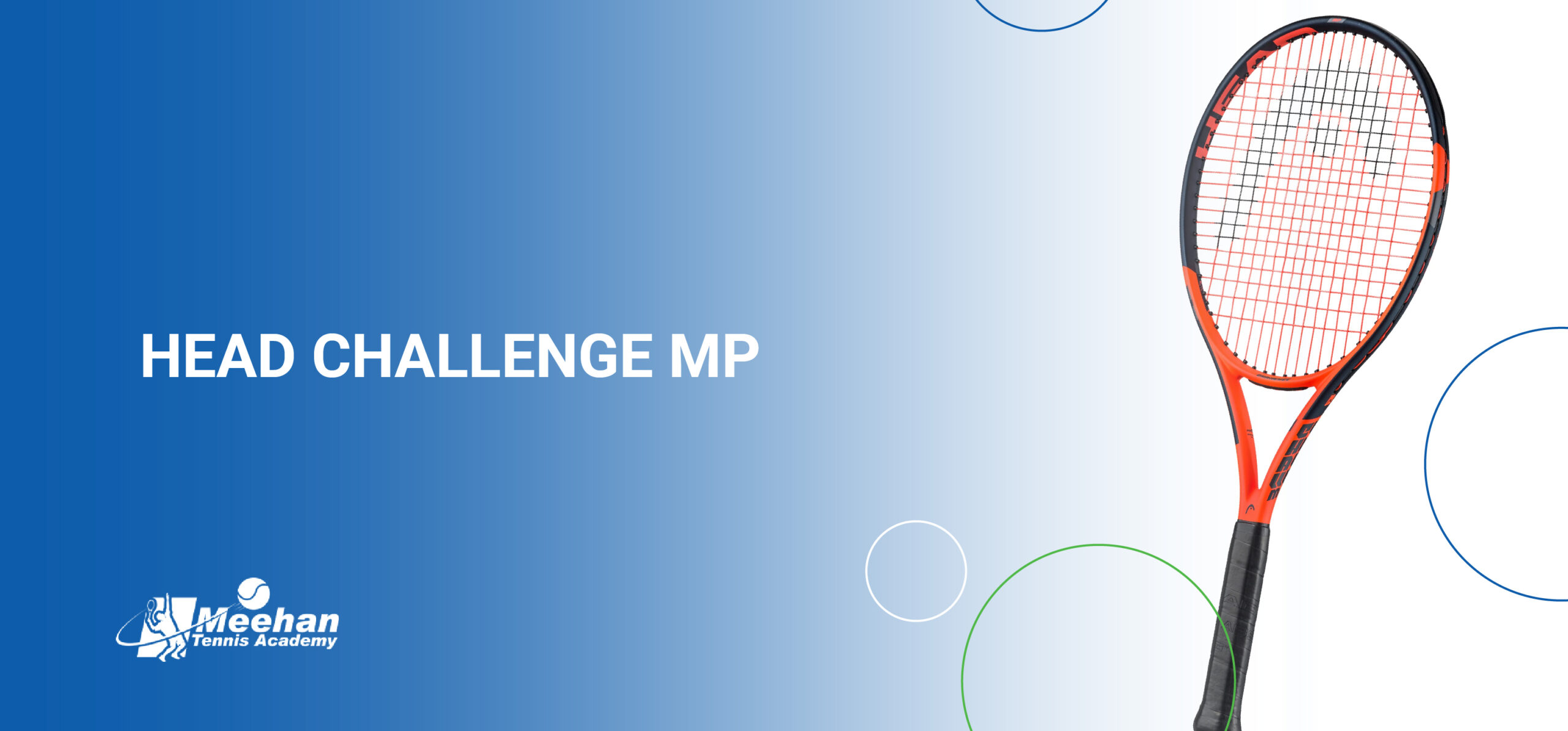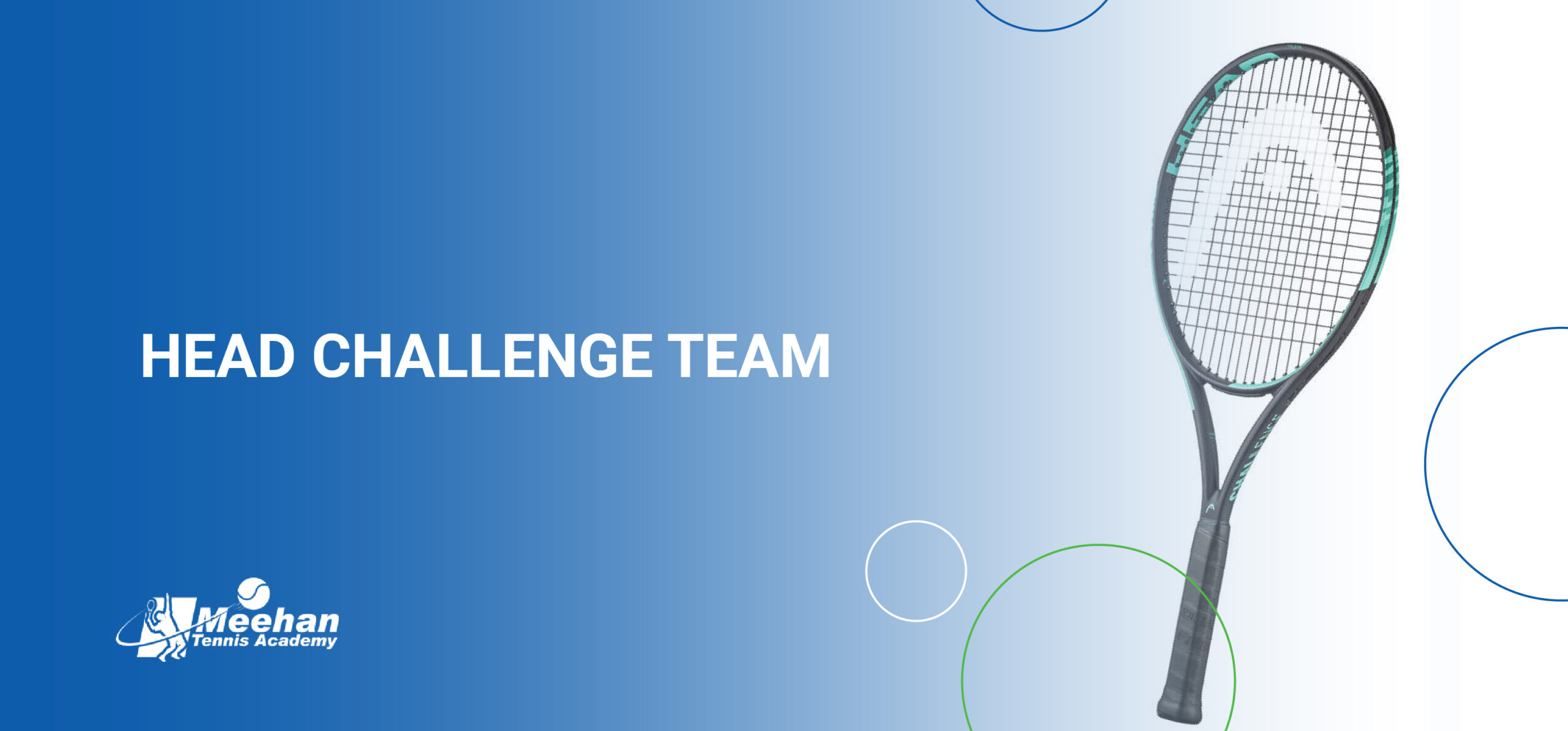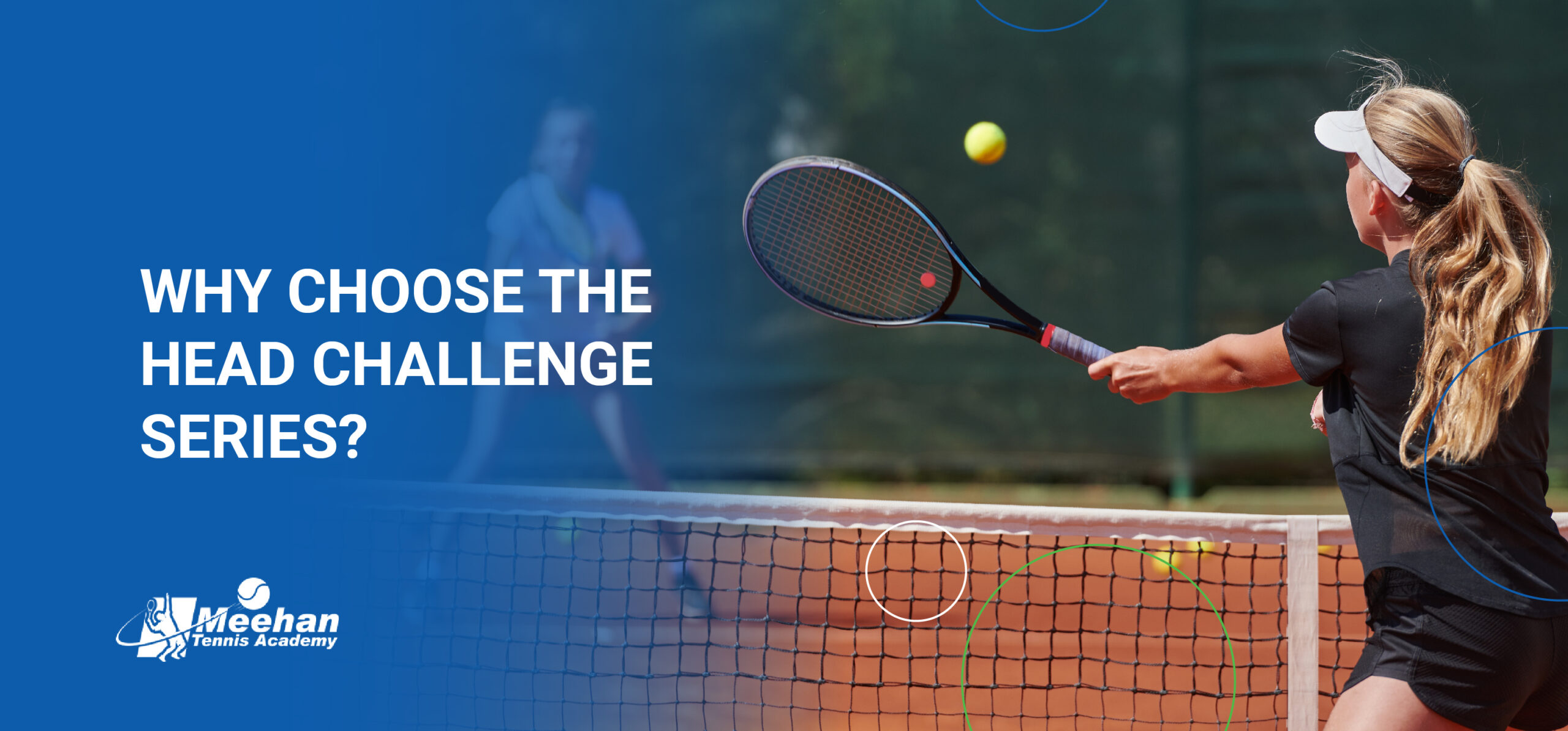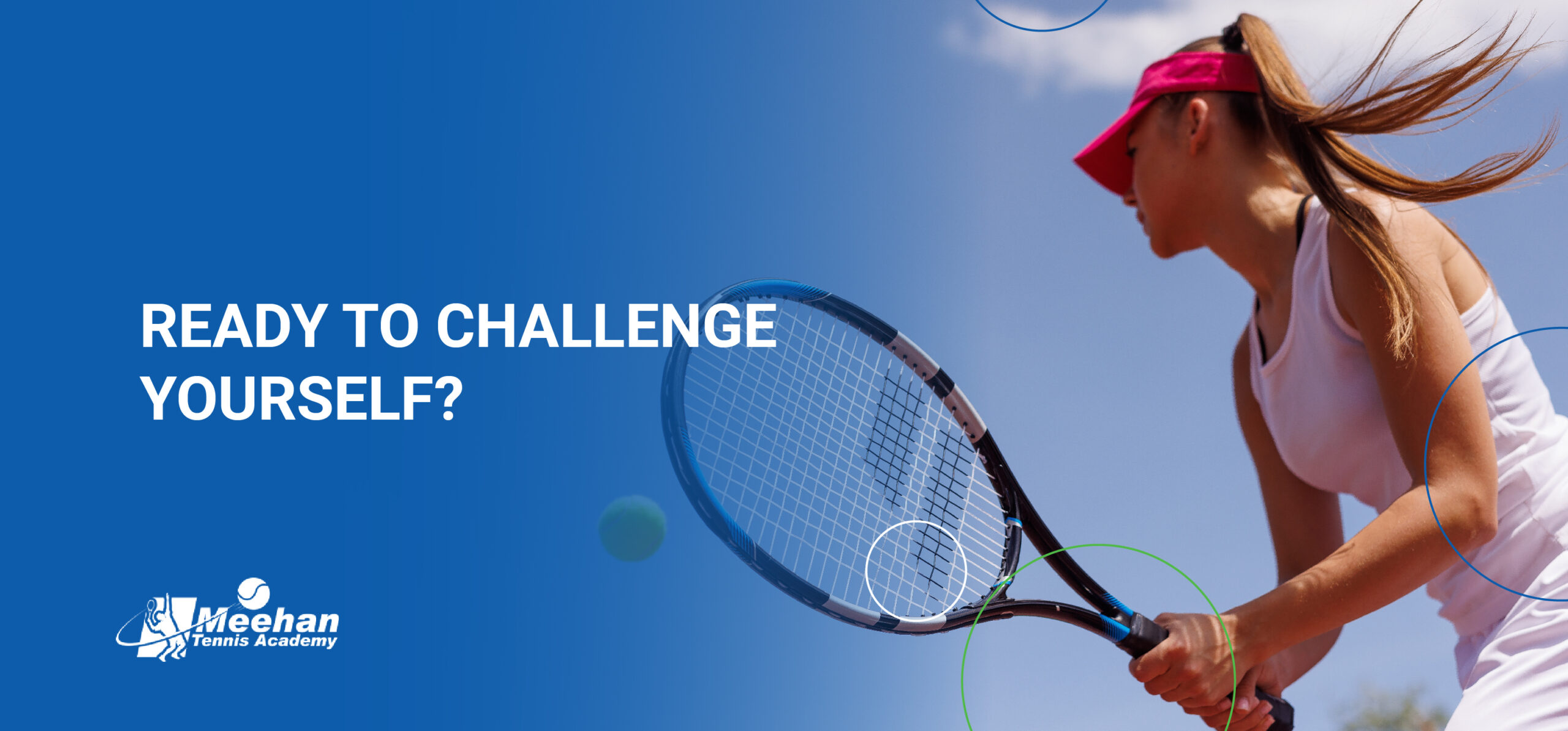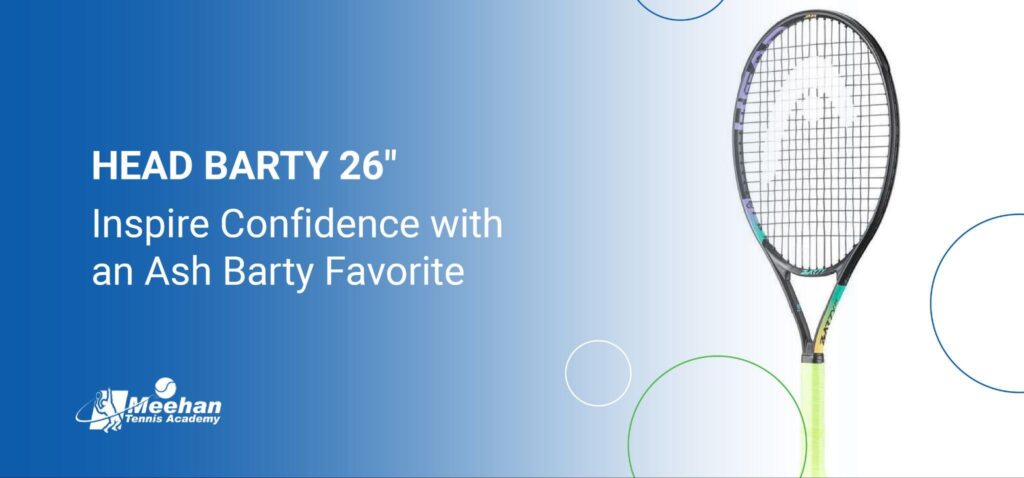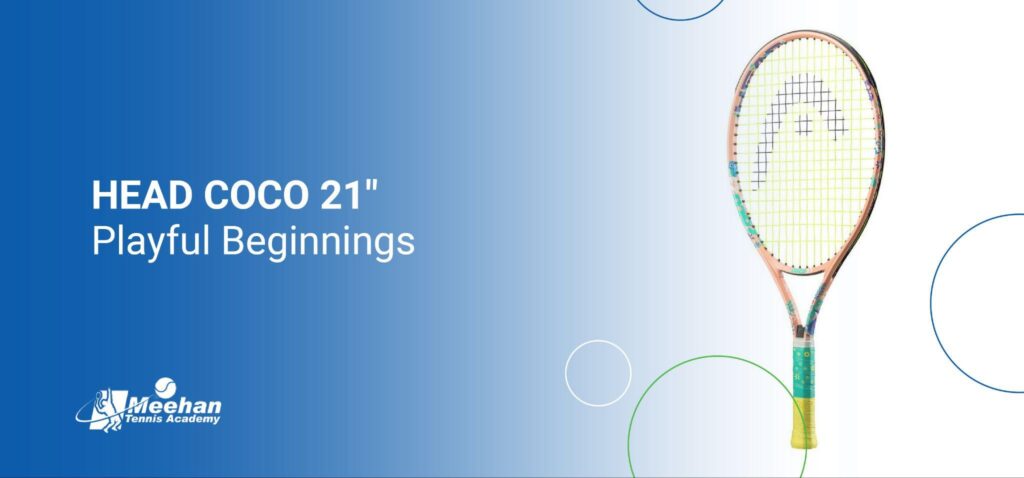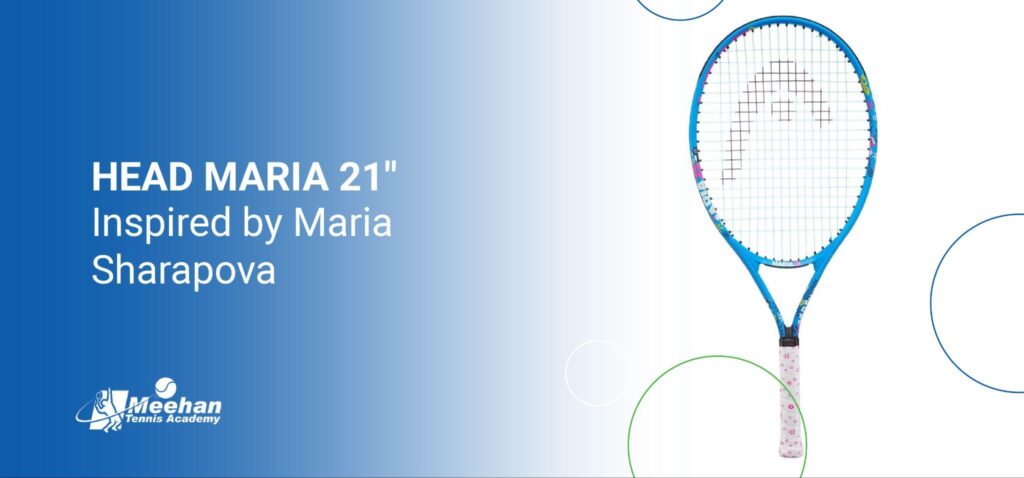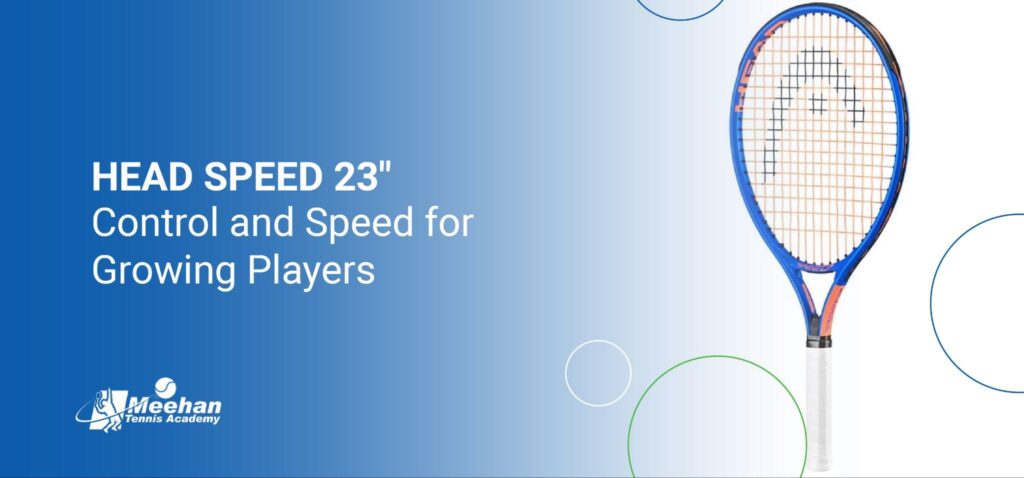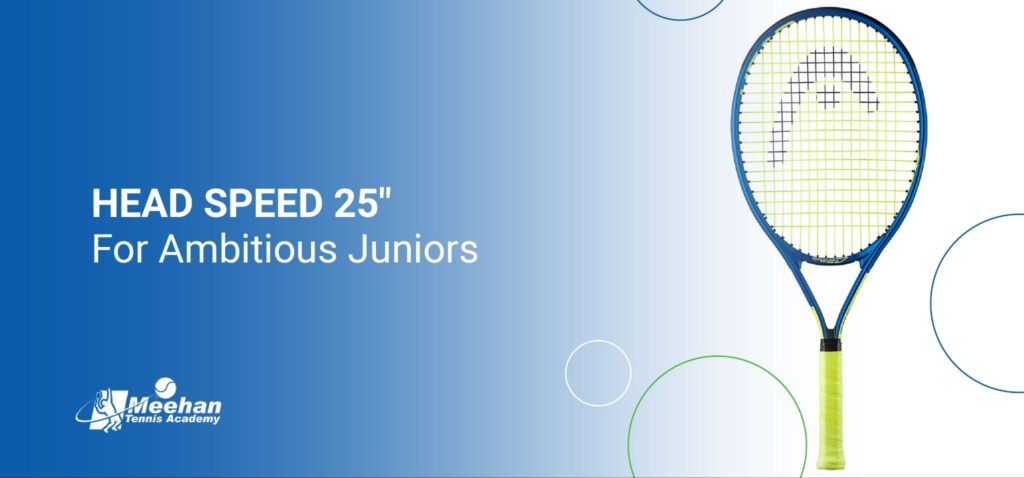Meet Ryan Meehan: The Passion and Expertise Behind Meehan Tennis Academy
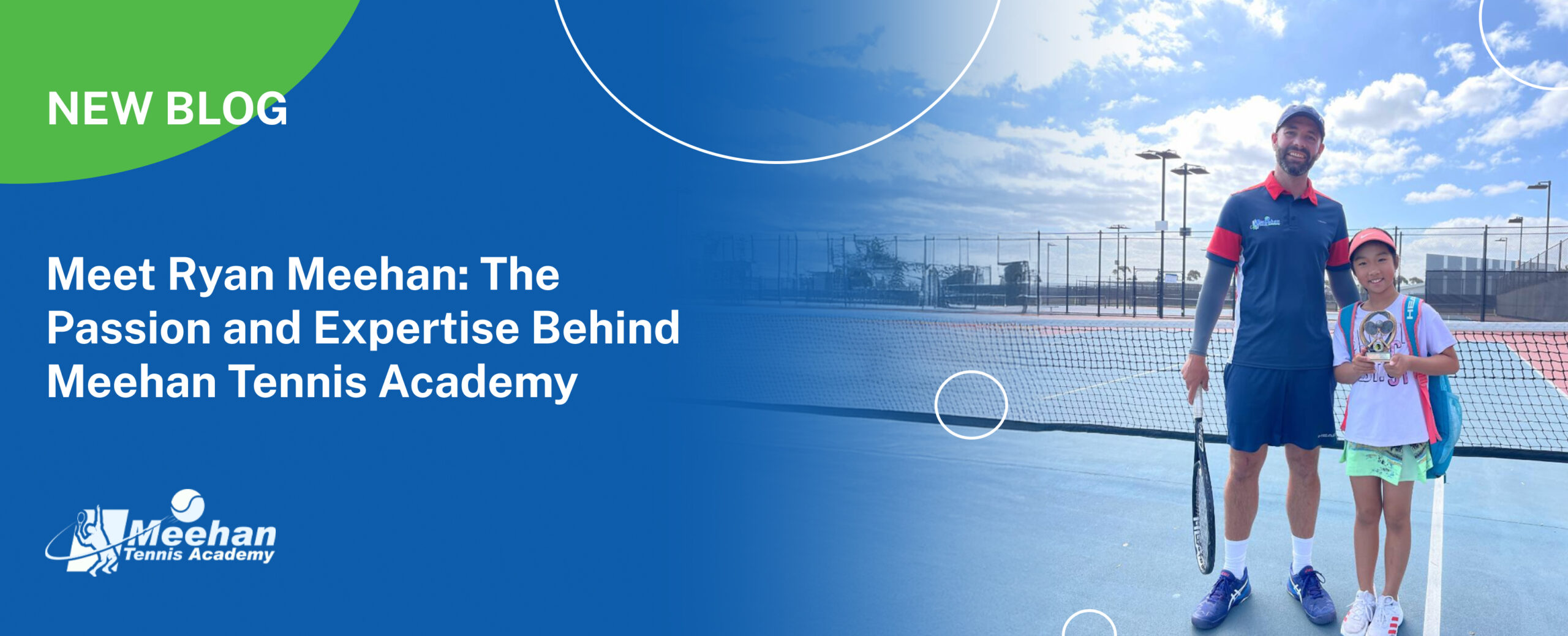
When entrusting your child’s tennis development to an academy, you naturally ask: Why should I trust them? What makes their coaches different? At Meehan Tennis Academy, the answer begins with our founder and Director of High Performance, Ryan Meehan. His journey, passion, and extensive expertise are the very foundation upon which our academy’s reputation for high-quality coaching has been built.
From Player to Visionary Coach: A Transformative Journey
Ryan’s path to becoming a coach wasn’t just a career choice; it was a calling inspired by a personal experience. As a player himself, he encountered a coach who profoundly opened his eyes to the true impact a coach could have on a player’s life, extending far beyond the strokes and strategies of the game. This revelation ignited a passion within Ryan to empower others through tennis, leading him to establish Meehan Tennis Academy in 2006.
More Than Qualifications
While Ryan’s resume speaks volumes about his qualifications, it’s his philosophy that truly defines the Meehan Tennis Academy experience. He holds a suite of top-tier Tennis Australia Qualifications, including High Performance (2015), Club Professional (2009), and Junior Development (2004). He is also an ATP Certified International Coach (GPTCA) (2016), a testament to his global recognition and commitment to the highest coaching standards.
But for Ryan, coaching goes beyond technical drills. It’s about fostering a comprehensive understanding of the sport, developing mental toughness, and
nurturing the individual. His diverse certifications, from Australian Strength & Conditioning (ASCA) Level 1 (2017) to Nutritional Therapy (2017) and Tennis Serve Specialist (2021), reflect his belief in a holistic approach to player development.
A Proven Track Record: Developing Talent at Every Level
Ryan’s dedication has translated into tangible success stories across the spectrum of tennis. He has coached ATP Ranked Professionals (2022), ITF Women’s Players (2018), and even an International Davis Cup player (2020-2021). His guidance has prepared numerous junior players for the competitive circuit, coaching them in prestigious Tennis Australia events like Super 10s, Zone Squads, and the December Showdown Australian Masters since 2012.
The academy itself has quickly earned a reputation for providing high-quality tennis coaching to players of all abilities, from Hot Shots children to High Performance athletes. This growth is a direct result of coaches like Ryan, who are committed to both the tennis and personal development of every player.
A Commitment to Excellence and Engagement
Ryan’s unwavering passion for tennis is infectious. He’s a constant learner, regularly attending elite conferences like the US Open Performance Coaches Program (2024), French Open Juniors Coach Program – Roland Garros (2023), and the Australian Open Grand Slam Coaches Conference (multiple years). This commitment to staying at the forefront of global tennis education directly benefits every student at Meehan Tennis Academy.
Clients consistently highlight the professionalism and passion of our coaches, noting how they always strive to keep everyone engaged and eager to learn. This commitment to engagement, combined with deep expertise, answers the fundamental question: Why trust us to teach your child? Because at Meehan Tennis Academy, led by Ryan Meehan, we don’t just teach tennis; we inspire a lifelong love for the game and empower individuals to achieve their fullest potential.
Ready to see the difference that passion, professionalism, and proven expertise can make in your child’s tennis journey? We invite you to explore our programs, meet our dedicated team, and discover how Meehan Tennis Academy can help your child achieve their tennis dreams, from their very first swing to their highest aspirations. Contact us today to learn more and become part of our tennis family.



